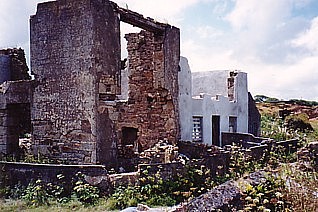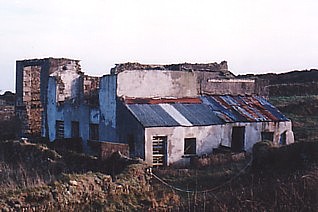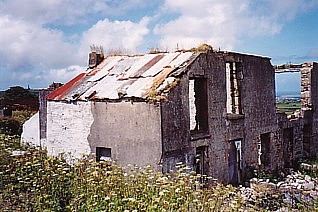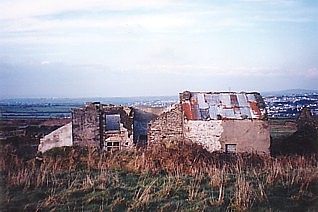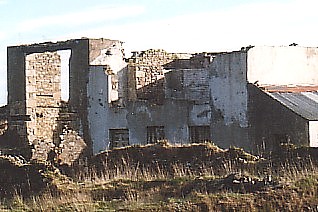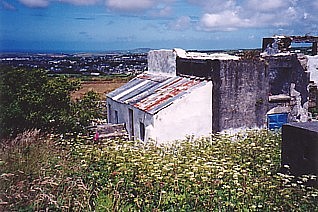|
By May 1994 we believed that the building was saved but
Kerrier District Council's Planning Department decided that as the
application was "contrary to policy" it had to be referred to the
Department of the Environment for a decision. It took them a considerable
time
to send the letter and of course, when the reply came back it was positive!
After all with a site adjacent to a World Heritage bid site, with the support
of every heritage group, Redruth Town Council and every member of Kerrier
District Council's Planning Committee, how could they refuse it?
So at last, we thought, building could begin. But no, Kerrier District
Council next wanted to create a legal obligation (a Section 106 Agreement)
in perpetuity on this building. In reality we had no objection to this,
after all the building had to be reconstructed correctly. However, it took
until December 1995 for this agreement to be finalised and even then some
items that we considered "planning conditions" found their way into what
we still believe was a draconian legal obligation. For example: the
planning consent allowed up to 5 years for work to begin, however, the
Section 106 obligation required that samples of ALL materials had to be
agreed within 12 months. Also, that a scheme of landscaping works had to
be agreed within this time schedule, and a detailed scheme for upgrading
the access road (also within 12 months) which was in the ownership of a
third party. However, thankfully Kerrier did not enforce their original
requirement that the engine shaft on the land had to be capped prior to
work starting, which would have cost about £30,000!
During the months following the approval by Kerrier District Council's
Planning Committee my sister's accommodation situation had become
desperate and she bought a property elsewhere. Our nerves had been
strained to breaking point by the feeling that she'd never get planning
permission and the final straw was the Section 106 Agreement. How could we
build under this "Sword of Damocles" and how could we possibly comply with
such a brief, legally obligated timetable? We felt that whatever we did
another obstacle would appear to halt our progress. It should be noted
that today we consider that Kerrier District Council's Planning Department
is "light-years" ahead of the way it appeared to operate all those years
ago.
My sister reluctantly took the decision to sell and having changed hands again
it was bought by the current owners who have with huge skill and imagination, and
enormous financial input, recreated this famous and historic building as
shown on the following page of this website today.
Property is my business and is also my hobby, and for me the ruin I
purchased in 1992 represented love at first sight and although I no longer
own it, I still love it today. For a short while it was a major part of my
life and I'll never forget it. If I can't have it myself, then next best
is for someone else to own it and give it everything that I wanted it to
be. During the years of my involvement with the Count House I became
completely obsessed with it - living and breathing Wheal Buller and the
tramways. And today, I'm still obsessed by the old mineral railways - all
thanks to Wheal Buller! |




